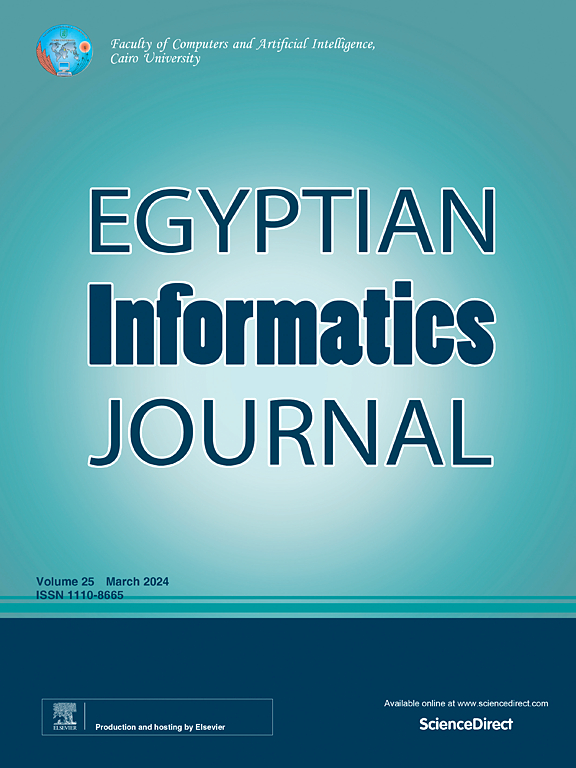Simulink-Driven Digital Twin Implementation for Smart Greenhouse Environmental Control
IF 5
3区 计算机科学
Q1 COMPUTER SCIENCE, ARTIFICIAL INTELLIGENCE
引用次数: 0
Abstract
Sustainable food production must grow unprecedentedly in the face of the growing global hunger crisis. This proposal significantly reduces global hunger by creating an environmentally friendly approach to a smart greenhouse that aligns with zero hunger and sustainable development. This novel study is dissimilar to the conventional implementation of small-scale greenhouse farming as it implements modern sophisticated techniques applied specifically in greenhouses. The novelty of work lies in the integration of Simulink, the digital twin model into the smart greenhouse environment, capable of providing intelligent insights about plant growth patterns, enabling the farmers to make the right decision at the right time with remote monitoring capabilities, while maximizing the yield potential, trained via boosted trees algorithm with 8.4684 RMSE and 85% validation accuracy. Additionally, we have used state-of-the-art CNN model, Internet of Things (IoT) sensors and image-processing techniques to identify and classify diseases of crops in a greenhouse with 98.39% validation accuracy. The reason for this is quite long-term too as it involves not only dealing with the woes befalling greenhouse agriculture but reforming a more sustainable approach to food production.
智能温室环境控制的simulink驱动数字孪生实现
面对日益严重的全球饥饿危机,可持续粮食生产必须空前增长。该提案通过创造一种与零饥饿和可持续发展相一致的环境友好型智能温室,显著减少了全球饥饿。这项新颖的研究与传统的小规模温室农业不同,因为它实施了专门用于温室的现代复杂技术。这项工作的新颖之处在于将数字孪生模型Simulink集成到智能温室环境中,能够提供关于植物生长模式的智能洞察,使农民能够通过远程监控功能在正确的时间做出正确的决策,同时最大限度地提高产量潜力,通过增强树木算法进行训练,RMSE为8.4684,验证准确率为85%。此外,我们还使用了最先进的CNN模型、物联网(IoT)传感器和图像处理技术来识别和分类温室作物的疾病,验证准确率为98.39%。这样做的原因也是相当长期的,因为它不仅涉及处理温室农业的灾难,还涉及改革一种更可持续的粮食生产方式。
本文章由计算机程序翻译,如有差异,请以英文原文为准。
求助全文
约1分钟内获得全文
求助全文
来源期刊

Egyptian Informatics Journal
Decision Sciences-Management Science and Operations Research
CiteScore
11.10
自引率
1.90%
发文量
59
审稿时长
110 days
期刊介绍:
The Egyptian Informatics Journal is published by the Faculty of Computers and Artificial Intelligence, Cairo University. This Journal provides a forum for the state-of-the-art research and development in the fields of computing, including computer sciences, information technologies, information systems, operations research and decision support. Innovative and not-previously-published work in subjects covered by the Journal is encouraged to be submitted, whether from academic, research or commercial sources.
 求助内容:
求助内容: 应助结果提醒方式:
应助结果提醒方式:


